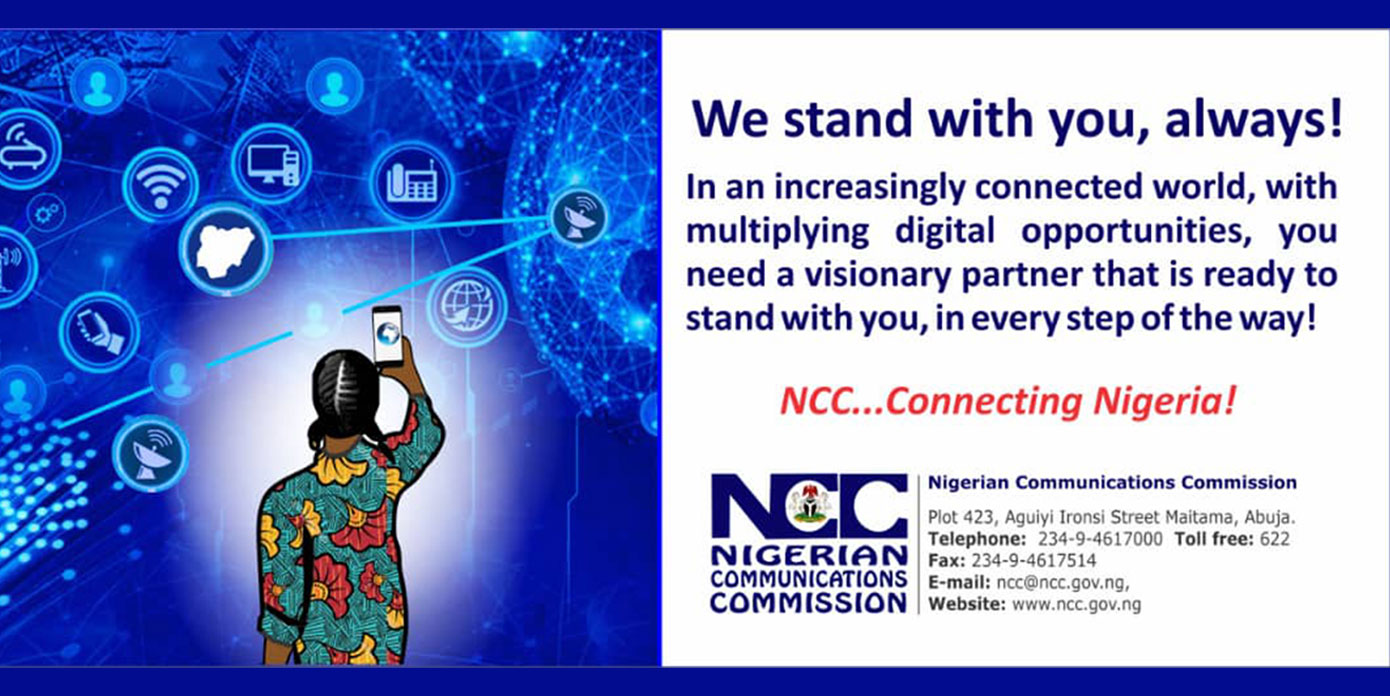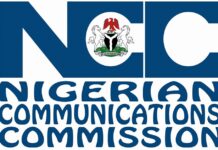Ericsson is evolving its 5G Platform with portfolio additions across core, radio access and transport areas, as well as service orchestration. These add-ons make the platform more dynamic and flexible, enabling service providers to smoothly evolve their networks and deploy 5G at scale.
The wide portfolio of Ericsson’s 5G Platform is now further strengthened with a broad range of product launches, adding to previous introductions such as the unique Ericsson Spectrum Sharing, to facilitate an efficient, flexible and smooth evolution to 5G networks. Building upon an early focus on IoT, Ericsson’s 5G Platform now also serves as the most complete platform for enhanced mobile broadband and fixed wireless access use cases.
Fredrik Jejdling, Executive Vice President and Head of Business Area Networks, Ericsson, says: “Ericsson has the portfolio in place for service providers to switch on 5G today and we are currently rolling out commercial 5G networks in the US, Europe, Asia and Australia. We’re continuously developing our portfolio to make life easier for our customers, enabling them to manage increased data traffic growth, simplify operations, and secure 5G revenues.”
One core network for 4G and 5G
To ensure smooth evolution to 5G for service providers, Ericsson evolves the Cloud Core portfolio with seven new products supporting both 5G Standalone and Non-Standalone, as well as earlier generations to ensure seamless legacy services’ continuity. The Dual-mode 5G Cloud Core solution is cloud native for automated capacity management, efficient and robust operations. It also delivers a high-performance user plane to cope with 5G use case needs and includes open APIs for innovation on 5G capabilities like network slicing and edge computing.
Ubiquitous transport for 5G services
With early 5G deployments underway in dense urban areas, the next step is to improve 4G performance and build 5G coverage outside of cities. This will continuously require a combination of fiber and microwave-based transport solutions.
For this reason, Ericsson is enhancing the capacity of its microwave portfolio and adding a new MINI-LINK 6200 family of 5G-ready Long Haul solutions supporting up to 10Gbps capacities. The company is also expanding its router and fronthaul portfolios to offer service providers flexible and modular solutions suited to their deployment needs.
New radios and virtualized Radio Access Network
The advent of 5G highlights not only the need for new frequency bands but also for optimized site construction and a greater ability to add radio capacity with precision for service providers. Ericsson addresses this by launching nine new dual band, triple band, and high-performance Massive MIMO radios.
Ericsson achieves an important milestone with the virtualization of the 5G NR software that manages data traffic flow for a large number of users. This new functionality enables service providers to introduce an architecture where data traffic processing intelligence is higher up in the network, providing additional flexibility for some deployment scenarios.
Increasing network complexity is prompting service providers to simplify operations. The evolution of Ericsson Dynamic Orchestration solution introduces network slicing automation comprising creation, testing and deployment of network slices for fast introduction of 5G services.
The solution also implements AI-powered closed-loop automation for hybrid networks (including physical, virtual and container-based network functions) in a multi-vendor environment to identify service impact and adapt the network in real-time to deliver the best end-user experience.
According to Ericsson Mobility Report, mobile data traffic is expected to increase by 5 times by 2024, with 25 percent of mobile data traffic to go through 5G networks at that time. To meet this data traffic growth and address 5G use cases, Ericsson launched its 5G Platform in early 2017, complementing it with new solutions over time.
Patrick Weibel, Head of 5G Program, Swisscom, says: “As we evolve our network to 5G, we need to simplify operations, reduce time to market for new functionalities, and open up our network for innovation. Ericsson’s dual-mode 5G Cloud Core allows for the flexible evolution of our 4G Core network to a combined 4G and 5G network while maintaining cost efficiency. Adding to this, the evolved Ericsson Dynamic Orchestration solution bring us the automation of network slices required to reduce our provisioning time of services from weeks to hours.”
Albert Makyur, Senior Manager at Network Division, MTN Nigeria, says: “Our transport network relies heavily on microwave due to the ease of deployment that enables shorter time to market. This is done either to backhaul the radio access or to connect distant areas using long haul systems. The capabilities of the new MINI-LINK 6200 family can help us to handle the continued data traffic growth cost-efficiently.”
Daryl Schoolar, Practice Leader, Service Provider Technology, Ovum, says: “Ericsson’s latest product launches further facilitate the vendor’s goal of providing its customers with a smooth and efficient transition from 4G to 5G. More importantly, the evolved 5G Platform provides service providers with the tools to monetize upcoming 5G use cases, with an initial focus on enhanced mobile broadband and fixed wireless access. The platform will also provide the scalability to support more advanced services as they come to market. “












